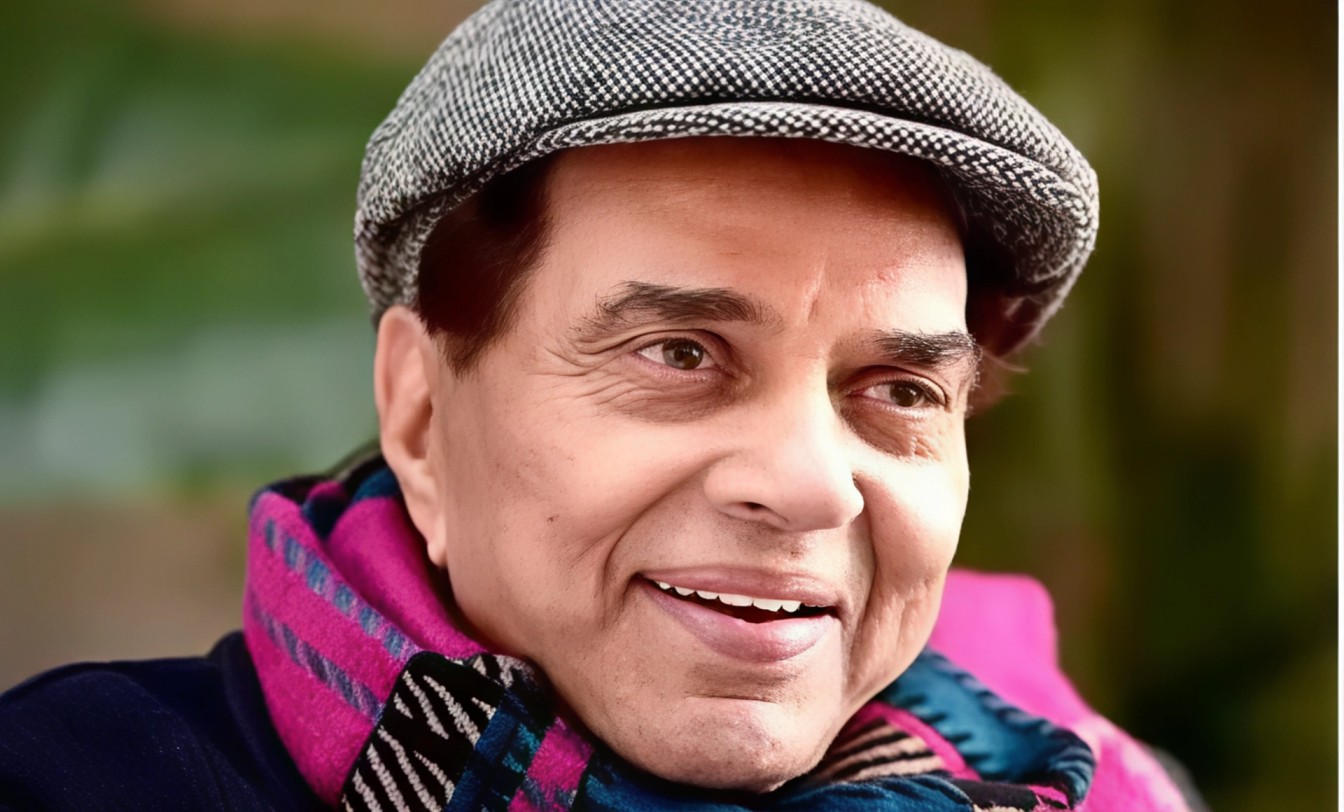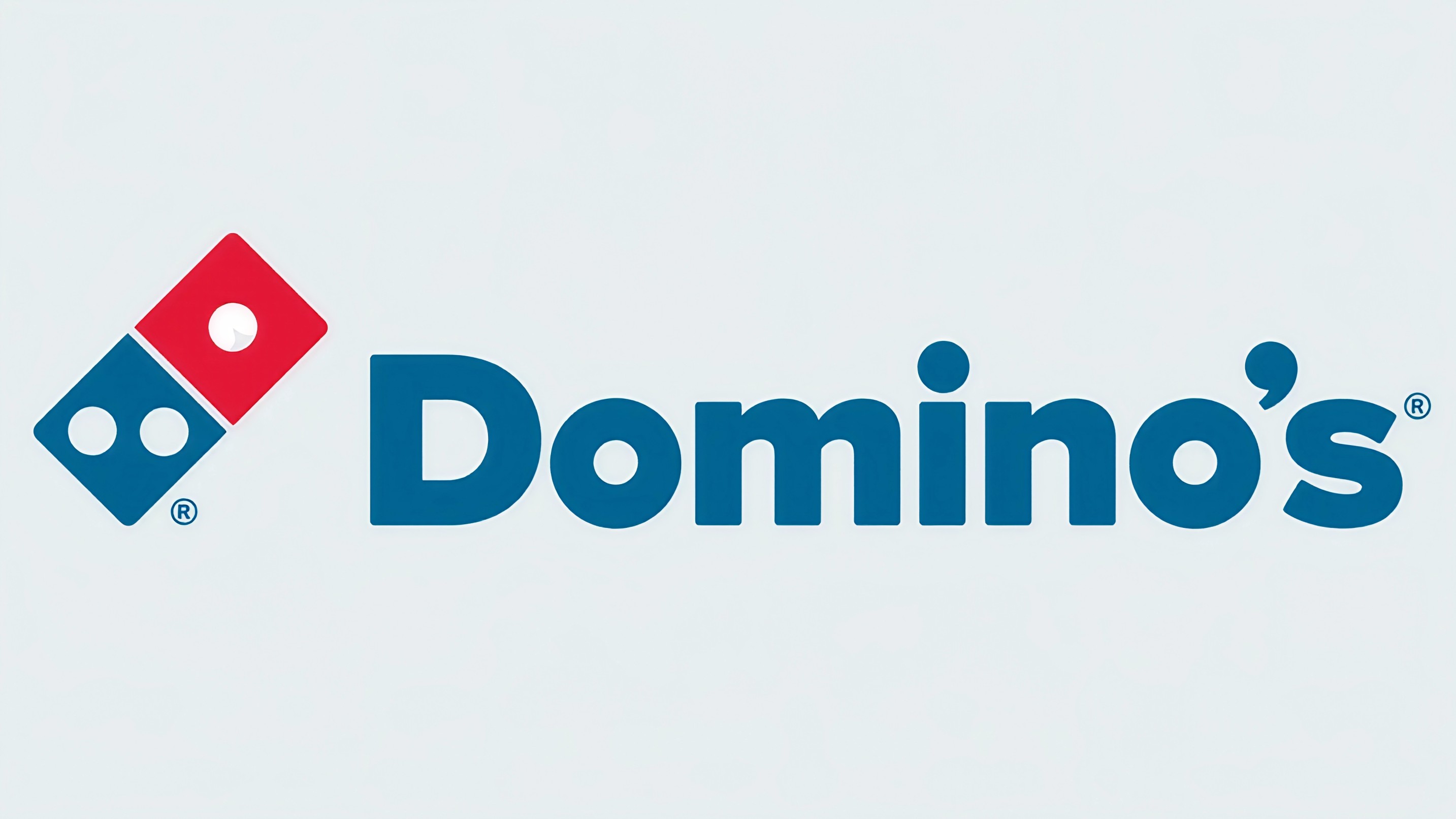Gamification has significantly transformed the fitness sector, enhancing user engagement and social interaction. While that holds true, fitness apps and devices are also linked to making 'habit-building' an easier process. Despite the role of gamification in this space, its focus on how it affects user motivation, social engagement, and the overall fitness experience, is doubtful. However, there is one such application which has redefined the success story of gamification in fitness is Strava. The app combines the best of gamification tactics with user behaviour. But is that all it takes for fitness to transform itself into a lifestyle?
The Value of Gamification in Fitness
Motivation and Engagement
Gamification introduces specific goals, challenges, and rewards, creating a sense of achievement. This encourages users to push beyond their comfort zones and remain committed to their fitness routines, driven by competition and the desire for accomplishments.
Social Connectivity
Gamification fosters a sense of community by allowing users to engage in virtual challenges, interact with friends, and share achievements. This social aspect enhances motivation and provides a supportive environment for fitness enthusiasts. Gamified fitness apps regularly collect and analyze performance metrics, enabling users to track their progress, set personal goals, and strive for continuous improvement. This data-driven approach enhances self-awareness and helps users make informed decisions about their fitness objectives.
ADVERTISEMENT
Integration of Gamification and Fitness
Traditional exercise programs often lacked the competitive and interactive elements needed for sustained engagement. Gamification fills this gap by adding game-like features, making exercise more enjoyable and rewarding. However, it's not always all roses in the gamification of fitness apps. It's not so much about reward-induced fitness as it's about habit-building. There are a host of fitness apps and devices like Ultrahuman and Fittr rings but there are only a few ways that fitness can be gamefied.
1. Challenges and Achievements: Fitness apps incorporate goals and objectives, turning workouts into missions. Users strive to achieve specific targets, earning badges and recognition for their accomplishments, which fosters a sense of purpose and ongoing engagement.
2. Leaderboards and Competition: Leaderboards allow users to compare their performance with others, fostering healthy competition. The desire to top these leaderboards and gain recognition from the fitness community serves as a strong motivator.
3. Social Sharing and Support: The ability to share progress, achievements, and fitness activities with a network encourages social support and camaraderie, making the fitness journey more enjoyable.
4. Virtual Races and Challenges: Virtual races and challenges provide an immersive and competitive experience, allowing users to participate in events regardless of geographical constraints. This fosters a global fitness community and adds excitement to routines.
ADVERTISEMENT
Strava Case Study: A Gamified Fitness Community
What is Strava?
Founded in 2009 by Mark Gainey and Michael Horvath, Strava has become a revolutionary social fitness network. Strava's name, derived from the Swedish word "strive," embodies the company’s principles of continuous improvement and goals. Headquartered in San Francisco, California, Strava operates as a privately held company backed by venture capital. The platform caters to both amateur and professional athletes, focusing on the serious athlete demographic. Strava not only tracks runs and bike rides but also encourages users to compete with one another on similar routes. This vision aims to position Strava as "the next great sports brand of the 21st century."
Strava Features
1. Segment Challenges: Users can create and participate in competitive sections of routes called “Segments,” where they vie for titles like “King of the Mountain” or “Queen of the Mountain” based on the fastest time.
2. Leaderboards and Kudos: The leaderboard feature allows users to compare their performance with others, fostering constructive competition. The “Kudos” system encourages community support and positivity.
3. Flyby Feature: Strava’s Flyby function lets users visually review their performance alongside others who completed the same route, enhancing the sense of collaboration and providing a virtual race experience.
ADVERTISEMENT
4. Global Fitness Community: Strava connects users worldwide, enabling them to follow professional athletes, participate in competitions, and share their achievements.
Strava’s Global Impact
As of 2023, Strava reported 49 million users in 195 countries, with one million new users joining monthly. Weekly, users uploaded 15.3 million activities, shared four million photos, and exchanged 3.6 billion kudos annually. Strava’s global reach allows users to share and compare fitness experiences worldwide, fostering a sense of community. Strava’s impact extends beyond individual users. The platform sells aggregated GPS data as part of the Strava Metro initiative, helping urban planners design bike-friendly cities. Strava Slide, a fork of the iD editor for Open Street Map, uses this data to enhance map accuracy, showcasing Strava’s multifaceted influence.
The Importance of Strava’s Success
Strava’s success illustrates a significant shift in how individuals approach fitness. The gamification elements have created a sense of community, motivation, and engagement that transcends geographical boundaries. Users are now part of a global movement focused on well-being and healthy competition.
Impact on the Fitness Industry
Strava has set a benchmark for other gamified fitness apps, demonstrating how to cultivate an engaged community and attract dedicated users. By promoting an active lifestyle and positive behavioural changes, Strava has inspired users to exercise regularly, set new challenges, and achieve personal milestones.
Conclusion
The integration of gamification into fitness apps, exemplified by Strava, has revolutionized the fitness industry. Gamified elements create a more engaging and enjoyable fitness experience, fostering user motivation, social connectivity, and continuous improvement. Strava’s success underscores the potential of gamification to create a vibrant and supportive global fitness community. As users and developers embrace gamification, the future of fitness looks promising, with exercise becoming a community-driven and rewarding experience.















